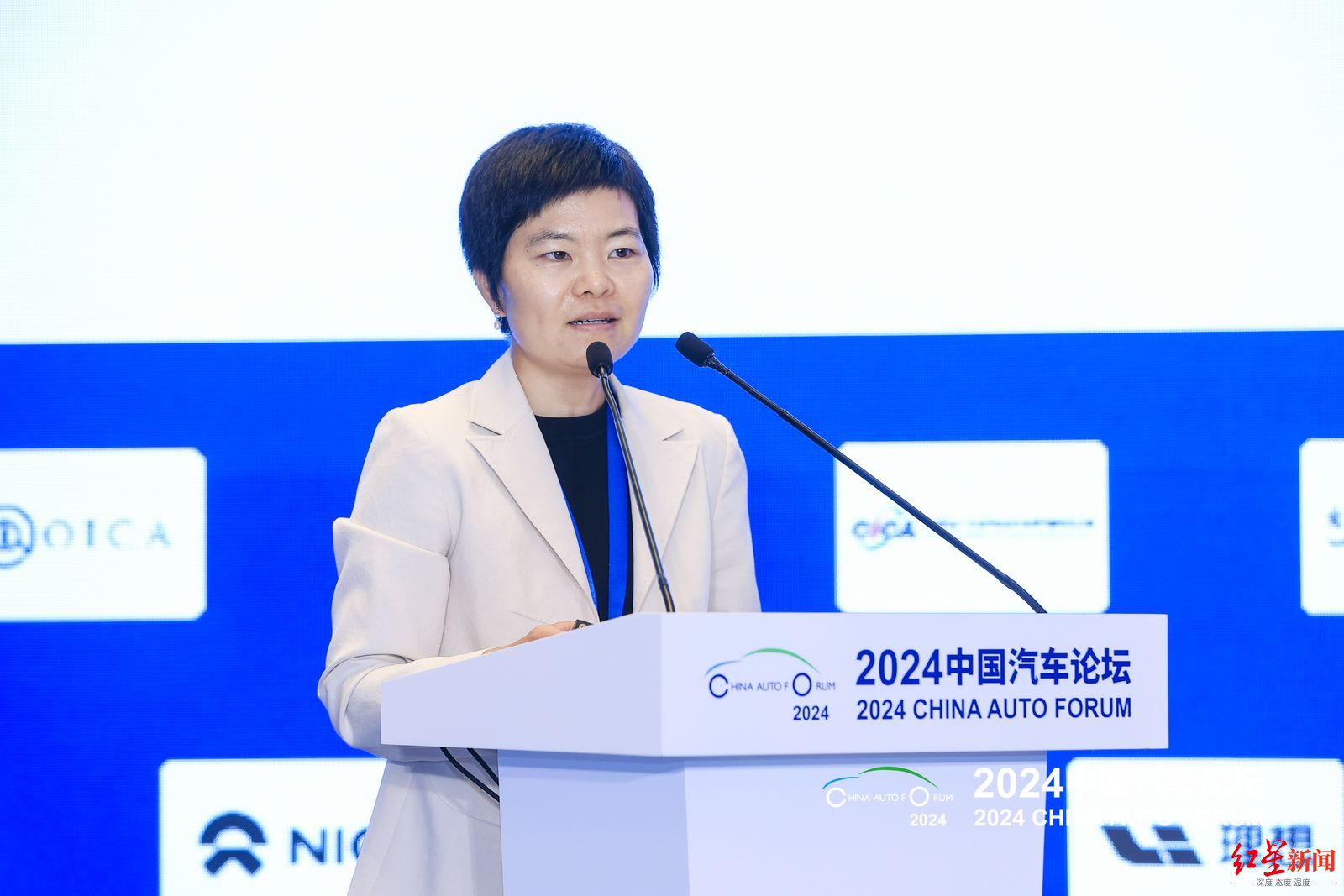Red Star Capital Bureau reported on July 14 that the 2024 China Auto Forum was held in Shanghai from July 11 to 13. Wang Dean, Chief Analyst of the Auto Industry at Ping An Securities Co., Ltd., stated that the valuation premium of car companies comes from two main sources. First, the potential for future changes in the business model, like Tesla, with a prominent smart label that can be consistently realized. Second, the stickiness of the car brand and whether the brand premium can be sustained, which tests the ability of car companies to define new product categories. For example, Great Wall Motors had two high valuation points in history, one when they launched the Haval H8, and the other with the Tank 300. Comparing Tesla and Toyota, there is still a considerable gap in their fundamentals, but even at its lowest valuation, Tesla had a market-to-sales ratio of about three times, while Toyota’s ratio has always remained around one. Tesla’s technological accumulation has not yet reached a turning point for realization, and the capital market’s valuation implies potential for change in its business model. In Wang Dean’s view, the reason Tesla continues to maintain a valuation premium is firstly because it is good at painting a very bright future for everyone, and secondly, because each step it takes is consistently realized.

Tesla’s strategic adjustments and resource allocations are centered around the ultimate goal of producing and selling 20 million vehicles annually and achieving autonomous driving. Tesla has been delivering on cost-reducing technological innovations and new concepts, including the design of batteries and battery factories, in-house battery development, integrated vehicle products, innovative manufacturing processes, factory workshop design, and workforce efficiency improvements. In addition, Tesla has a high degree of self-research and self-production in the integrated software and hardware for autonomous driving. Tesla has always adhered to a pure vision approach in autonomous driving, never using a strategy of hardware stacking. The hardware cost of Tesla’s Full Self-Driving (FSD) system may be much lower than the current high-end autonomous driving hardware costs in China.
Compared with the new forces represented by the Chinese version of Tesla, We Xiaoli successfully crossed from 0-1 stage, but faced difficulties from 1-10 stage. Wang Dean believes that the new forces’ ability to generate profits is not stable, with low profit margins and high losses. Financing is becoming more difficult, while expenses are fixed and need continuous investment in research and fixed assets. Therefore, the new forces are currently in a critical adjustment period, focusing on improving profit generation and meeting the expectations of the capital market. Wang Dean stated that if the new forces can strengthen the intelligent label and achieve high growth based on new products, they have a good chance of recovering from the low point.